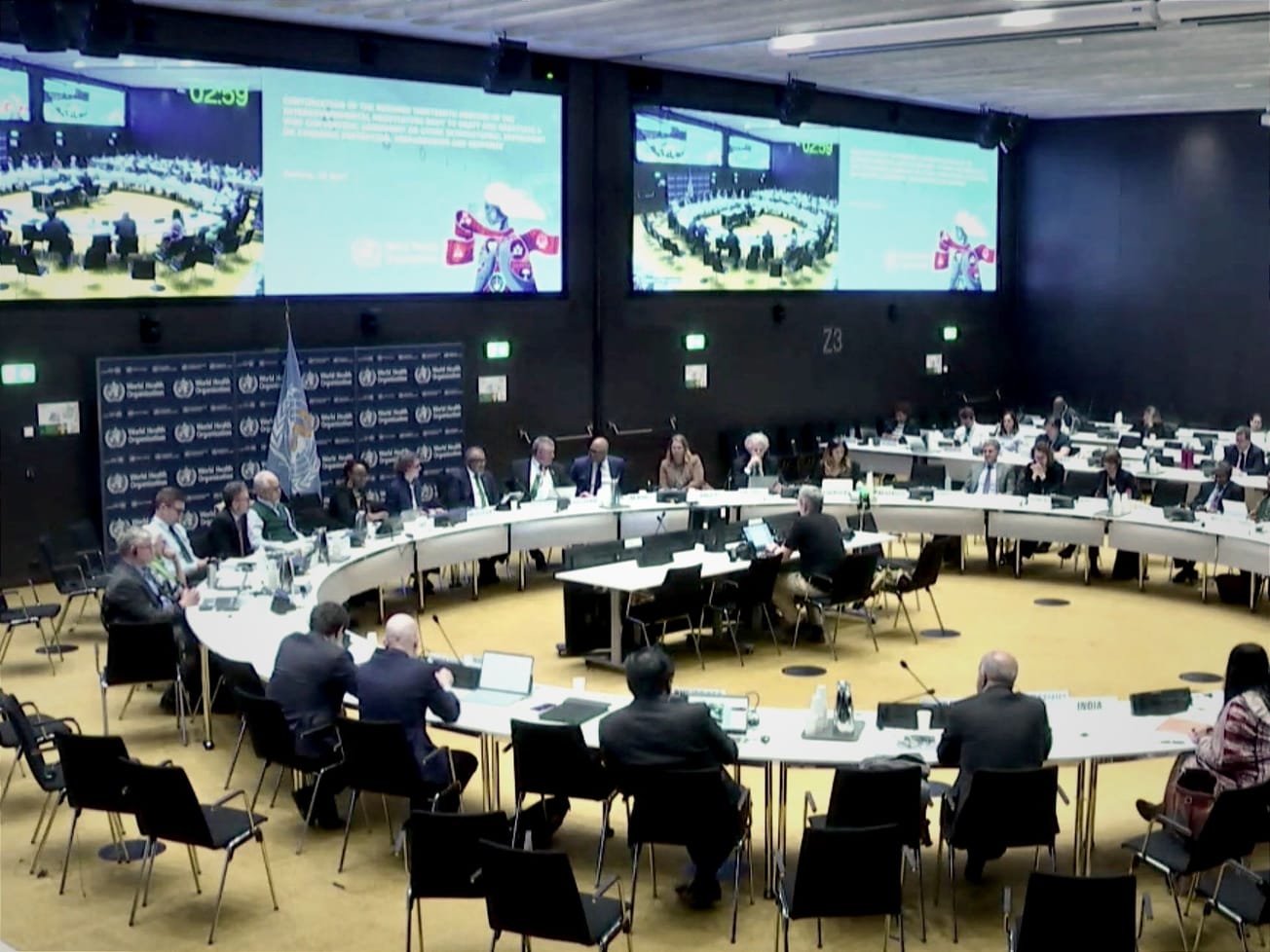Land degradation from farming, logging, mining and other human activities adds to the climate crisis and costs the world up to 17% of global GDP, says a U.N. official who heads a major treaty intended to prevent more land from turning into desert landscapes.
Ibrahim Thiaw, executive secretary of the United Nations Convention to Combat Desertification, or UNCCD, told reporters on Friday that efforts to restore land can dramatically improve people's livelihoods by reducing economic and climate risks.








